- Home
- Video Courses
- Certifications
- PL-300: Microsoft Power BI Data Analyst Dumps


PL-300: Microsoft Power BI Data Analyst Certification Video Training Course
PL-300: Microsoft Power BI Data Analyst Certification Video Training Course includes 266 Lectures which proven in-depth knowledge on all key concepts of the exam. Pass your exam easily and learn everything you need with our PL-300: Microsoft Power BI Data Analyst Certification Training Video Course.
Curriculum for Microsoft PL-300 Certification Video Training Course









































PL-300: Microsoft Power BI Data Analyst Certification Video Training Course Info:
The Complete Course from ExamCollection industry leading experts to help you prepare and provides the full 360 solution for self prep including PL-300: Microsoft Power BI Data Analyst Certification Video Training Course, Practice Test Questions and Answers, Study Guide & Exam Dumps.
PL-300 Exam Prep: Microsoft Power BI Data Analyst Certification
Course Overview
The PL-300 certification, also known as the Microsoft Power BI Data Analyst certification, is designed for professionals who want to master data analysis using Power BI. This course prepares candidates to understand, transform, and visualize data effectively. It covers key skills necessary to design and build scalable data models, clean and transform data, create reports, and deploy solutions for real-world business scenarios.
Power BI has become a leading tool in the business intelligence landscape. This course is tailored to ensure learners can harness the full potential of Power BI, whether they are newcomers or have some experience in data analysis. By the end of this course, students will be confident in using Power BI to extract insights from data and drive informed decision-making.
The training delves deeply into various features and components of Power BI. It focuses on both the technical and practical aspects, ensuring a balanced understanding of how to manage data workflows and deliver impactful reports. The course material aligns directly with the PL-300 exam objectives, making it a comprehensive preparation guide.
This course also emphasizes best practices in data analysis, encouraging students to think critically about data quality, accuracy, and visualization design. You will learn to approach data problems methodically, ensuring your solutions are efficient and scalable.
Throughout the course, hands-on exercises and real-world examples reinforce the theoretical knowledge. Learners get to practice with Power BI Desktop, Power Query, DAX formulas, and Power BI service features. This practical approach helps solidify understanding and build confidence for the certification exam and beyond.
What is Power BI?
Power BI is a business analytics tool developed by Microsoft. It enables users to visualize data, share insights across their organizations, and embed dashboards and reports in apps or websites. Power BI connects to a wide range of data sources, from simple Excel sheets to complex cloud-based databases.
One of Power BI’s key strengths is its user-friendly interface combined with powerful data modeling capabilities. It allows analysts to transform raw data into meaningful visuals without needing advanced programming skills.
Power BI consists of several components. Power BI Desktop is the primary tool for designing reports and data models. The Power BI service is an online platform that allows collaboration and sharing of reports. Power BI Mobile apps enable access to dashboards on the go.
In this course, you will explore how these components work together to deliver a complete data analysis solution. Understanding these parts is essential to mastering Power BI and passing the PL-300 exam.
Why Get Certified?
Obtaining the PL-300 certification validates your expertise as a Power BI Data Analyst. It demonstrates your ability to work with data effectively, from ingestion to visualization.
Certification can boost your career opportunities by showing employers that you have the skills to solve business problems using data. It also opens doors to roles such as data analyst, business intelligence analyst, and reporting specialist.
Additionally, the certification ensures you stay current with Microsoft’s evolving data tools. Power BI is continuously updated, and being certified means you understand the latest features and best practices.
For organizations, having certified professionals means better data-driven decision-making, improved reporting accuracy, and stronger business insights. This course helps you become that trusted expert.
Course Modules
This training course is divided into several modules. Each module covers a critical aspect of Power BI and data analysis. The modular approach helps learners absorb information progressively and build a strong foundation.
Every module contains a mix of theoretical explanations and practical exercises. This ensures that concepts are not only understood but also applied in real-world contexts.
By focusing on specific skill areas in each module, students can easily identify their strengths and areas for improvement. This targeted learning strategy boosts overall retention and exam readiness.
Module 1: Getting Started with Power BI
The first module introduces Power BI and its ecosystem. You will learn how to install and set up Power BI Desktop, navigate the interface, and connect to various data sources.
Data ingestion is a key focus. You will explore how to import data from Excel, SQL databases, web pages, and other common sources. This module also covers basic data transformation using Power Query.
Understanding the Power BI workspace and report canvas is essential. You will practice creating simple reports and visualizations, such as charts and tables.
This foundational module ensures you are comfortable working within the Power BI environment before moving on to more advanced topics.
Module 2: Data Transformation and Modeling
In this module, you dive deeper into shaping and cleaning data. Power Query is explored in detail, showing you how to filter, merge, append, and transform datasets.
The course highlights best practices in data cleansing to ensure accuracy and consistency. You will learn how to handle missing data, errors, and duplicates.
Data modeling concepts are introduced, including relationships between tables and cardinality. You will understand how to design efficient data models that support complex queries.
Calculated columns and measures using DAX (Data Analysis Expressions) are also covered. These formulas enable advanced calculations and aggregations essential for meaningful reports.
By the end of this module, you will be able to create robust data models ready for visualization.
Module 3: Visualizing Data with Power BI
Visualization is a core part of Power BI. This module explores various types of charts, graphs, maps, and custom visuals available within the tool.
You will learn principles of good report design, focusing on clarity, usability, and storytelling through data. This includes choosing the right visuals for the data and audience.
Interactive elements such as slicers, filters, and drill-through features are covered. These tools allow report consumers to explore data dynamically.
Formatting options and themes are also discussed to create professional and consistent reports.
By practicing the creation of complex dashboards, learners gain confidence in delivering compelling insights.
Module 4: Sharing and Collaborating with Power BI
The final module teaches how to publish reports and dashboards to the Power BI service. You will learn how to manage workspaces, set permissions, and share content with stakeholders.
Scheduling data refreshes ensures your reports always display the latest information. You will configure refresh settings and troubleshoot common issues.
Integration with Microsoft Teams and other collaboration tools is covered to enhance teamwork and communication.
Security aspects, including row-level security and data governance, are introduced to protect sensitive data.
This module rounds out your knowledge of deploying and managing Power BI solutions in a business environment.
Hands-On Practice and Labs
Throughout the course, you will complete hands-on labs and exercises. These practical activities reinforce the concepts covered in each module.
Using sample datasets, you will practice data import, transformation, modeling, visualization, and sharing. This experiential learning is critical for mastering Power BI skills.
You will also be encouraged to experiment with different features and create your own reports. This helps build problem-solving abilities and creativity.
The course includes quizzes and review sessions to assess understanding and readiness for the PL-300 exam.
Exam Preparation and Tips
In addition to covering the technical content, the course offers guidance on exam strategies. You will learn how to approach different question types and manage your time effectively.
Practice exams simulate the real testing environment, helping you build confidence.
Study tips and resources for further learning are provided to support ongoing development even after certification.
This ensures you not only pass the exam but also retain and apply your knowledge effectively.
By the end of this course, you will have a comprehensive understanding of Microsoft Power BI for data analysis.
You will be proficient in data ingestion, transformation, modeling, visualization, and report sharing.
The course prepares you to tackle the PL-300 certification exam with confidence.
More importantly, it equips you with practical skills to apply Power BI in real-world business scenarios, making you a valuable asset to any data-driven organization.
Course Requirements Overview
Before beginning the PL-300 certification course, it is important to understand the foundational requirements needed to succeed. These requirements are designed to ensure that learners have the right background knowledge, skills, and tools to fully benefit from the training.
Meeting the prerequisites will allow you to focus on learning the Power BI skills without struggling with unrelated challenges. The requirements cover technical abilities, software setup, and prior experience relevant to data analysis and business intelligence.
This section explains these requirements in detail, so you know exactly what to prepare before starting the course.
Technical Prerequisites
The course requires access to a Windows-based computer that can run Power BI Desktop smoothly. Power BI Desktop is a free application from Microsoft used for designing reports and data models.
The minimum hardware specifications include a modern processor, at least 4GB of RAM (8GB recommended), and sufficient disk space to store data files and Power BI projects. Having a dual-monitor setup can improve productivity, but it is not mandatory.
Your computer should have a stable internet connection. This is essential for downloading Power BI Desktop, accessing online resources, and publishing reports to the Power BI service during the course.
You will also need a Microsoft account to sign into Power BI services. Creating a free account ahead of time ensures a smooth start when exploring online features.
Software and Tools Needed
The primary tool used throughout the course is Power BI Desktop. It is crucial to download and install the latest version from the official Microsoft website before the course begins.
Power BI Desktop integrates with other Microsoft products such as Excel, SQL Server, and Azure services. Having access to Microsoft Excel is beneficial since many data sources and transformations use Excel files.
Some familiarity with database query tools like SQL Server Management Studio (SSMS) is helpful but not mandatory. You will be introduced to basic data queries as part of the course.
A modern web browser such as Microsoft Edge, Chrome, or Firefox is required to use the Power BI service, access documentation, and participate in online labs.
Prior Knowledge and Skills
While the course is designed to accommodate beginners, having some prior knowledge of data concepts will accelerate your learning. Understanding basic database terminology such as tables, columns, rows, and keys is useful.
Familiarity with Excel functions, data sorting, and filtering will also help since many Power BI operations mirror Excel techniques.
Some exposure to data visualization concepts, such as understanding charts and graphs, will provide context when designing Power BI reports.
A basic grasp of formulas and calculations is advantageous. The course introduces DAX formulas, but prior experience with Excel formulas or programming logic makes it easier to learn.
Recommended Experience Level
This course is ideal for data analysts, business intelligence professionals, and anyone involved in transforming raw data into actionable insights.
It is suitable for those who have some experience working with data but want to develop advanced Power BI skills.
If you are entirely new to data analysis or Power BI, you might find the material challenging but achievable with dedicated effort and practice.
For experienced BI developers or data engineers, this course offers a structured way to deepen your Power BI expertise and prepare for certification.
Learning Attitude and Commitment
Success in this course requires consistent effort and a positive learning attitude. Regular practice and review are essential, especially for mastering DAX and data modeling concepts.
Students should be ready to engage actively with hands-on labs and exercises. Trying to apply what you learn to your own data or business scenarios helps deepen understanding.
Setting aside dedicated time daily or weekly for study maximizes retention and readiness for the exam.
Don’t hesitate to seek help or clarification through forums, study groups, or official Microsoft resources if you encounter difficulties.
Internet and Cloud Access
Since Power BI is a cloud-enabled service, having reliable internet access is mandatory throughout the course.
You will use the Power BI service to publish reports, share dashboards, and collaborate with others.
Access to cloud-based data sources like Azure SQL Database or SharePoint Online might be covered depending on your learning path.
A Microsoft 365 subscription is not required but can enhance collaboration features if available.
Ensure your network does not block necessary ports or URLs required by Power BI services.
Basic Understanding of Data Security and Privacy
While the course covers some security features within Power BI, it helps to have a foundational awareness of data privacy principles.
Understanding data sensitivity, compliance requirements, and access controls is beneficial, especially if you plan to work in regulated industries.
This knowledge will help you appreciate the importance of row-level security and data governance options discussed later in the course.
Language Proficiency
The course materials, exams, and Power BI tools are primarily in English. Proficiency in reading and understanding technical English is important.
If English is not your first language, consider using additional language resources or translation tools to assist comprehension.
Some terminology might be specific to Microsoft or business intelligence, so taking time to familiarize yourself with key terms improves learning.
Recommended Background in Business Intelligence
Having a general awareness of business intelligence concepts and how organizations use data is advantageous.
You should understand the role of data analysis in decision-making, key performance indicators (KPIs), and reporting workflows.
This context helps you grasp why certain Power BI features and best practices are emphasized during the course.
The training includes explanations of these concepts but prior exposure aids faster comprehension.
Support Resources Available
Microsoft offers extensive official documentation and tutorials for Power BI users. These resources complement the course and can clarify difficult topics.
Community forums such as Microsoft Power BI Community provide peer support where you can ask questions and share experiences.
Online video tutorials and blogs by Power BI experts are additional learning aids.
You are encouraged to explore these resources to deepen your understanding and resolve challenges.
Course Description
This PL-300 training course is designed to provide a comprehensive understanding of Microsoft Power BI for data analysis and visualization. The course covers all key aspects required to prepare for the PL-300 certification exam and to apply Power BI skills effectively in business scenarios.
The curriculum focuses on practical skills in importing, transforming, modeling, visualizing, and sharing data using Power BI tools. It guides learners through the end-to-end process of turning raw data into insightful reports and dashboards.
Emphasis is placed on learning how to use Power BI Desktop for creating scalable data models and reports, and the Power BI service for collaboration and sharing. The course ensures you gain both theoretical knowledge and hands-on experience.
Throughout the course, best practices for data preparation, report design, and security are highlighted. This prepares learners to build solutions that are not only functional but also efficient and secure.
In addition to technical content, the course includes exam preparation strategies. It offers guidance on question formats, time management, and common pitfalls to avoid during the PL-300 exam.
What You Will Learn
This course teaches how to connect to different data sources and use Power Query for data transformation. You will master data cleansing techniques to ensure your datasets are accurate and reliable.
You will learn to create effective data models using relationships, hierarchies, and DAX calculations. Understanding DAX formulas allows for powerful custom calculations and aggregations.
The course covers report creation with a variety of visualizations, including charts, maps, and custom visuals. Interactive features like slicers and drill-through enhance report usability.
You will also gain skills in publishing reports to the Power BI service, configuring data refreshes, and sharing dashboards with colleagues. Managing workspace permissions and applying row-level security are important components.
By the end of the course, you will be able to design end-to-end Power BI solutions that meet business requirements and drive decision-making.
Course Structure
The course is organized into modules that progressively build your knowledge. Starting from the basics of Power BI, it advances through data transformation, modeling, visualization, and deployment.
Each module includes lectures, demonstrations, and hands-on labs. Practical exercises reinforce learning and allow you to apply concepts in simulated real-world projects.
Periodic quizzes and assessments help gauge your progress. These checkpoints ensure you understand the material before moving forward.
The course culminates with exam preparation sessions, including practice questions and tips for success.
Who This Course Is For
This training is ideal for professionals who want to enhance their data analysis capabilities using Power BI.Data analysts looking to expand their toolset will find this course valuable for learning advanced Power BI features.Business intelligence specialists can deepen their expertise in report creation, data modeling, and dashboard sharing.Individuals transitioning into data-focused roles will gain a solid foundation to start working confidently with Power BI.Those preparing for the PL-300 certification exam will benefit from the targeted coverage of exam topics.
Suitable for Beginners with Some Experience
While beginners to Power BI can take this course, some familiarity with data concepts or Excel will be helpful.
The course progresses at a steady pace, introducing complex topics in an accessible manner.Learners without prior experience are encouraged to practice regularly and utilize supplementarymaterials.With commitment, even newcomers can successfully complete the course and pass the PL-300 exam.
Experienced Professionals
For experienced data professionals, this course offers a structured approach to mastering Power BI’s full capabilities.t helps refine skills in DAX, data modeling, and advanced visualization techniques.The course also highlights new features and best practices to keep you up to date.Certified professionals can use this course to validate their expertise and improve job prospects.
Business Users and Decision Makers
Though primarily technical, the course also benefits business users who work closely with data analysts.
Understanding how Power BI works enhances collaboration between technical teams and business stakeholders.
Decision makers can better appreciate the possibilities and limitations of data analysis tools.
This knowledge supports data-driven decision-making within organizations.
IT Professionals and Developers
IT staff and developers involved in supporting BI infrastructure will gain insights into Power BI deployment and management.Learning about workspace administration, security configurations, and data refresh setups is valuable.While the course is not developer-focused, it covers integration points relevant to IT professionals.This broadens your skillset to include Power BI solution administration.
Career Changers
If you are transitioning into data analysis or BI roles, this course provides a solid foundation and certification preparation.
The combination of theory, practice, and exam guidance helps build confidence.
Completing this course signals your commitment and readiness to potential employers.
Learning Outcomes for Different Roles
For data analysts, expect to become proficient in shaping, modeling, and visualizing data to uncover insights.Business users will learn how reports are created and shared, improving collaboration.IT professionals will understand how to manage and secure Power BI environments effectively.Career changers gain a comprehensive introduction to Power BI and data analysis principles.
Course Benefits
The course prepares you for a widely recognized Microsoft certification, which enhances your professional credibility.You develop practical skills that apply directly to workplace scenarios.Access to hands-on labs ensures real-world experience, making you job-ready.You gain confidence in using Power BI to support business goals.
Student Feedback
Similar Microsoft Video Courses
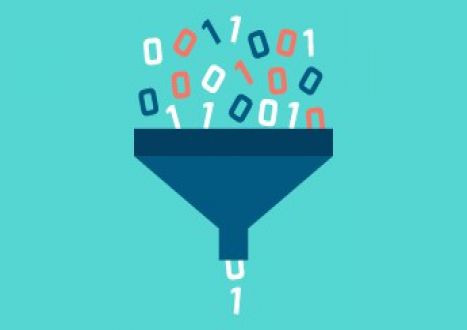



















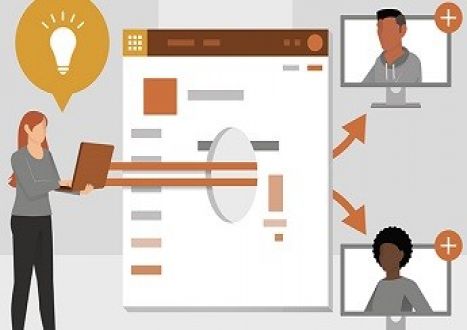






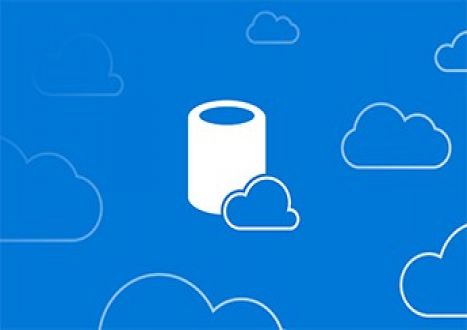


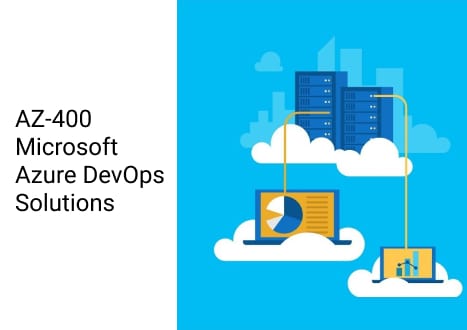





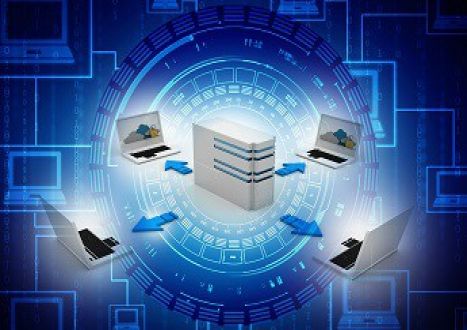



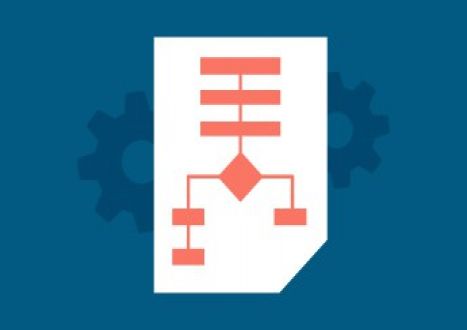















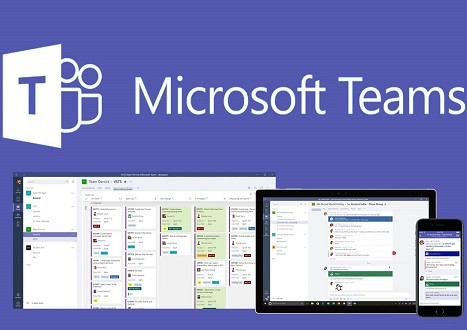



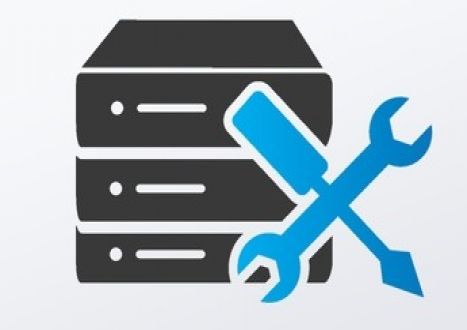





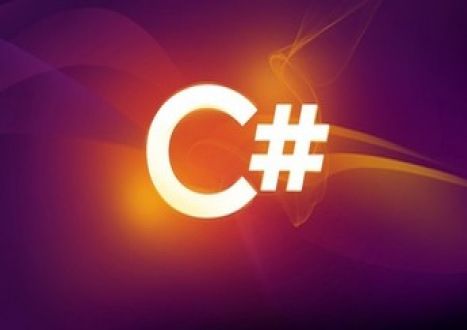




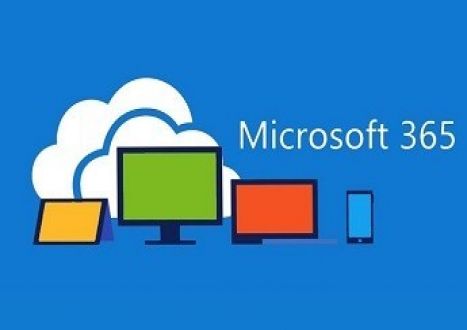

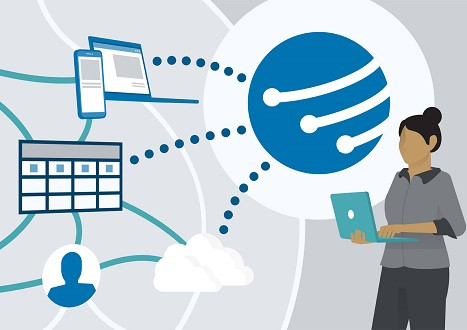
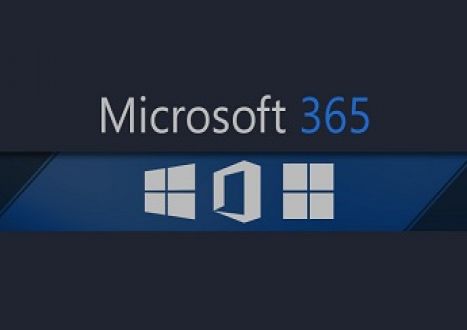


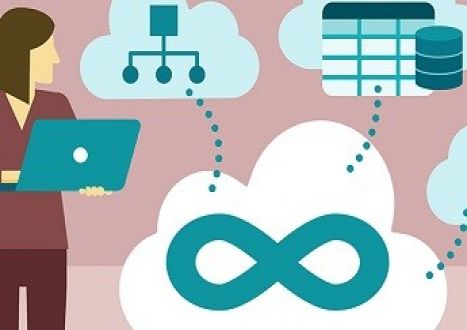






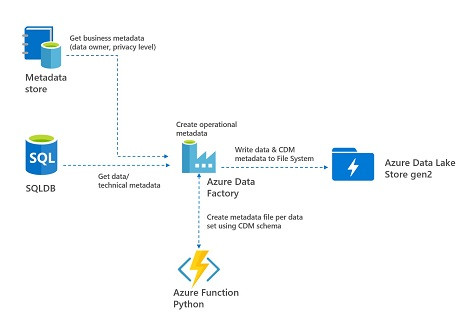




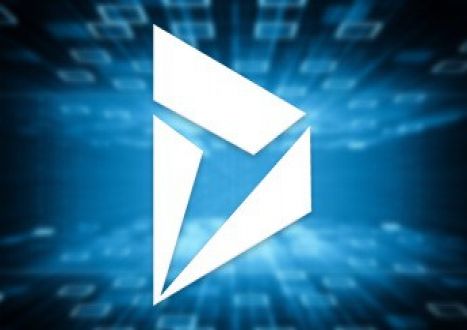




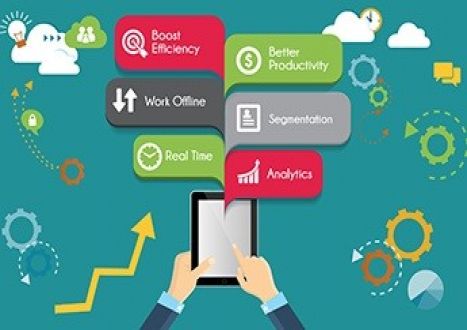






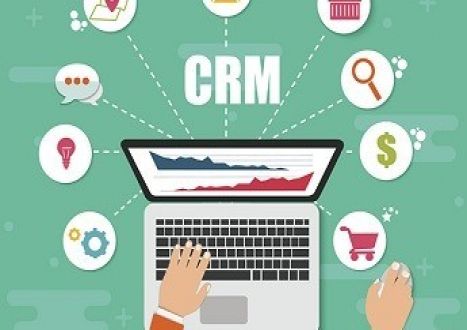
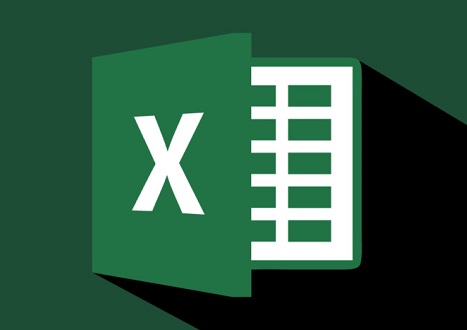
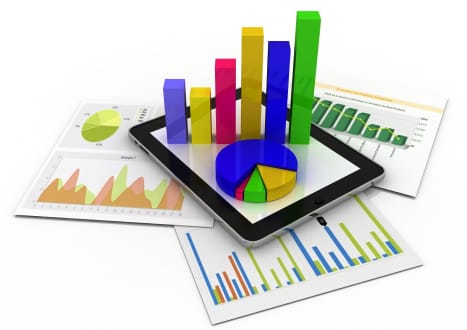











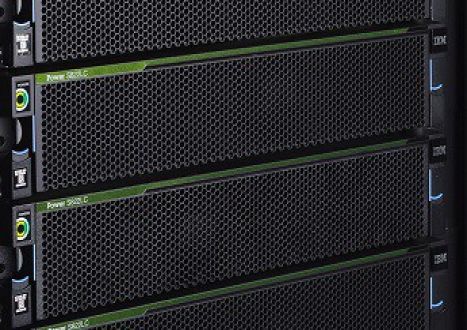
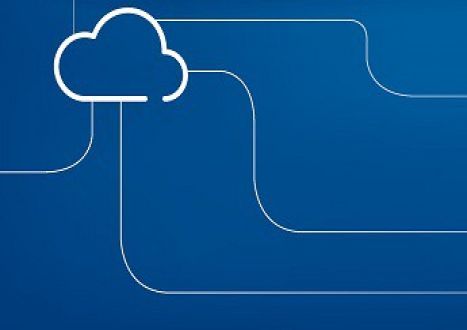


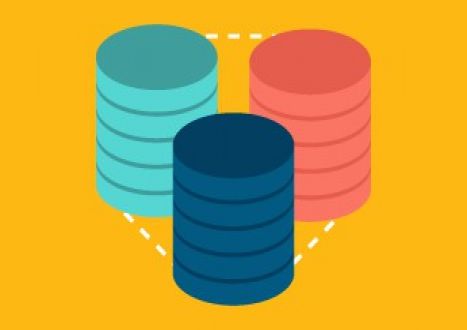
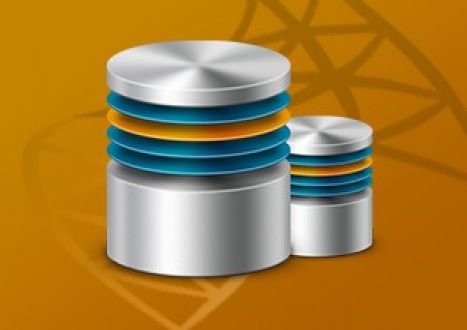









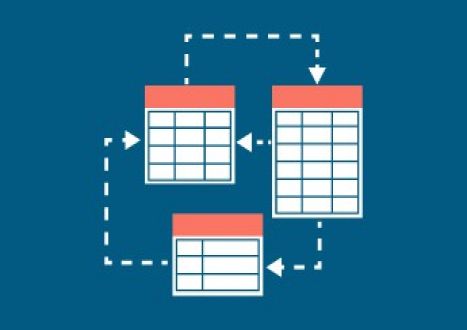








































































































Only Registered Members Can Download VCE Files or View Training Courses
Please fill out your email address below in order to Download VCE files or view Training Courses. Registration is Free and Easy - you simply need to provide an email address.
- Trusted By 1.2M IT Certification Candidates Every Month
- VCE Files Simulate Real Exam Environment
- Instant Download After Registration.
Log into your ExamCollection Account
Please Log In to download VCE file or view Training Course
Only registered Examcollection.com members can download vce files or view training courses.




